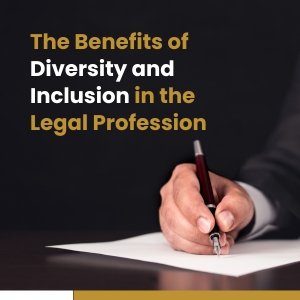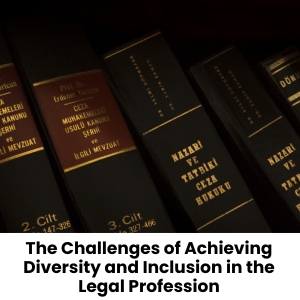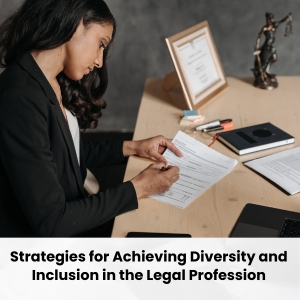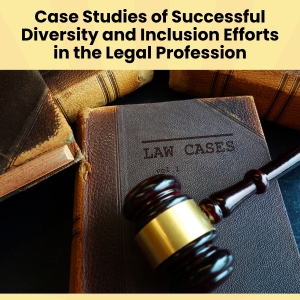Announcement
We are excited to announce the Indus Hackathon 2025, an exhilarating one-day event organized by the CSE Department of Indus University....Read more We are excited to announce the Indus Hackathon 2025, an exhilarating one-day event organized by the CSE Department of Indus University.
26th ISTE Faculty Annual State Convention will be held at Indus University on April 27, 2023....Read more 26th ISTE Faculty Annual State Convention will be held at Indus University on April 27, 2023.
26th ISTE GUJARAT STATE ANNUAL FACULTY CONVENTION & CONFERENCE ON APRIL 27,2023. MORE DETAILS WILL BE SHARED SOON....Read more 26th ISTE GUJARAT STATE ANNUAL FACULTY CONVENTION & CONFERENCE ON APRIL 27,2023. MORE DETAILS WILL BE SHARED SOON.
We are excited to announce the Indus Hackathon 2025, an exhilarating one-day event organized by the CSE Department of Indus University....Read more We are excited to announce the Indus Hackathon 2025, an exhilarating one-day event organized by the CSE Department of Indus University.
26th ISTE Faculty Annual State Convention will be held at Indus University on April 27, 2023....Read more 26th ISTE Faculty Annual State Convention will be held at Indus University on April 27, 2023.
26th ISTE GUJARAT STATE ANNUAL FACULTY CONVENTION & CONFERENCE ON APRIL 27,2023. MORE DETAILS WILL BE SHARED SOON....Read more 26th ISTE GUJARAT STATE ANNUAL FACULTY CONVENTION & CONFERENCE ON APRIL 27,2023. MORE DETAILS WILL BE SHARED SOON.

The legal industry must promote diversity and inclusion in order to thrive, just like any other industry. The advantages of diversity and inclusion in the legal profession include the following:
Better decision-making: A legal team with people from varied backgrounds will be able to draw on a range of viewpoints and experiences. This diversity can lead to more informed and well-rounded decisions being made.
Diversity and inclusion can also promote greater innovation and creativity in legal strategies and solutions. When multiple viewpoints and experiences are combined, unique and innovative legal solutions will likely be developed.

Better recruitment and retention: Maintaining and attracting outstanding talent from a variety of backgrounds can be made easier by fostering a diverse and inclusive environment. This can boost commitment and involvement among employees while also improving the standing of the legal organisation.
Greater community involvement: When diversity and inclusion are prioritised, legal organisations are better suited to engage with and help their local communities. This may result in a rise in the community's regard, trust, and support.
In conclusion, inclusion and diversity are crucial for the development of the legal profession. Legal businesses can enhance decision-making, creativity, innovation, cultural competency, hiring, and retention by accepting and giving great attention to these principles. They can also communicate with their local communities more effectively.

Establishing diversity and inclusion in the legal profession has many advantages, but there are also significant challenges that must be overcome. The following are some of the most typical problems:
Unconscious bias: Implicit bias can substantially impede efforts to promote inclusion and diversity in the legal profession. Bias can have an impact on decisions on recruiting, promoting, and other crucial issues, which may result in a decrease in workplace diversity.
Inadequate representation: Some groups, including women, people of colour, LGBTQ+ people, and people with disabilities, are underrepresented in the legal profession. Members of these groups may find it difficult to advance in their legal careers as a result of this underrepresentation.
Pipeline problems: Due to the profession's pipeline issues, people from underrepresented groups may experience entry-level difficulties like a lack of networking and educational opportunities.
Unintentional omission: When people are denied access to social opportunities and informal networks at work, unconscious exclusion may take place. As a result, it could be challenging for members of underrepresented groups to network and advance in their careers.
Aversion to change: A major obstacle to increasing diversity and inclusion in the legal profession is resistance to change. It could be difficult to put new laws and practices that support diversity and inclusion into place because some people might be reluctant to change the status quo.
To be accomplished in the legal profession, a person must be able to resolve problems. To make the legal profession more diverse and inclusive, addressing issues of implicit bias, underrepresentation, pipeline concerns, unconscious exclusion, and change resistance is critical.
In order to advance equal access to justice and raise the standard of legal services, diversity and inclusion in the legal profession must be achieved. The following are some tactics that can be utilised to promote inclusion and diversity in the legal profession:
Businesses and legal departments should aggressively seek out candidates from a variety of backgrounds and set impartial hiring standards. One way to lessen bias in the hiring process is to establish links with law firms and organisations that support underrepresented groups in the legal profession. Another choice is using varied interview panels.
Education and training: Giving legal staff and professionals diversity and inclusion education and training will aid them in understanding the value of differing points of view. Providing diversity education, cultural competency training, and unconscious bias training 'Creating mentorship and sponsorship programmes can support lawyers' professional development and provide them with the guidance and resources they need to succeed in the legal profession.

Offering flexible work arrangements, such as job sharing, telecommuting, or part-time hours, may help solicitors, notably those from underrepresented groups, who have personal or family obligations.
It is possible to encourage an inclusive culture and make sure that all points of view are taken into account when making decisions by assembling a diverse leadership team.
Create policies and processes that support diversity and inclusion to ensure that every employee feels valued and supported. Establishing non-discrimination and anti-harassment policies, providing staff resource groups, and implementing inclusive language policies can all help with this.
Not least of all, law offices and legal departments need to take responsibility for accomplishing their own diversity and inclusion objectives. In order to do this, committees for inclusion and diversity may need to be established. Diversity statistics may also need to be regularly reviewed.

Diversity Lab's Mansfield Rule: To encourage inclusion and diversity in legal firms, Diversity Lab has created a certification programme called The Mansfield Rule. The rule requires that at least 30% of equity partner promotions, leadership and governance roles, and lateral hiring opportunities go to women, attorneys of colour, LGBTQ+ attorneys, and attorneys with disabilities. Many law firms, including Orrick, Hogan Lovells, and Perkins Coie, have successfully used the Mansfield Rule.
Diversity and Inclusion Initiatives at Paul Hastings: Diverse and Inclusive Initiatives of Paul Hastings Several diversity and inclusion initiatives have been implemented by the law firm Paul Hastings, including creating affinity groups, diversity training programmes, and unconscious bias training. The business has also developed a diversity and inclusion dashboard to track the development of its initiatives. Groups like the Human Rights Campaign and the Minority Corporate Counsel Association have acknowledged these activities.
The legal division of Ford Motor Company: The legal department at Ford Motor Company has received recognition for its commitment to diversity and inclusion. One of the initiatives the department has implemented to encourage diversity is the creation of a diversity and inclusion committee. Other initiatives include mentoring programmes and training courses. As a result, organisations like the National Association of Minority and Women-Owned Law Firms and the Minority Corporate Counsel Association have recognised the department.
The Diversity and Inclusion Initiative at Seyfarth Shaw: Among the diversity and inclusion policies Seyfarth Shaw has implemented are a committee for diversity and inclusion, mentoring programmes, and training programmes. The company also developed a diversity dashboard to track the progress of its projects. These activities have been acknowledged by groups like the Human Rights Campaign and the Minority Corporate Counsel Association.
Inclusion and Diversity at Microsoft: Microsoft's legal department has implemented a number of initiatives to foster diversity and inclusion, including a committee, a mentoring scheme, and training on unconscious bias. The department has also created a supplier diversity programme to diversify its outside counsel.
These activities have been acknowledged by groups like the Human Rights Campaign and the Minority Corporate Counsel Association.
These case studies demonstrate that successful diversity and inclusion initiatives in the legal profession involve leadership commitment, focused activities, tracking progress, and making necessary corrections.